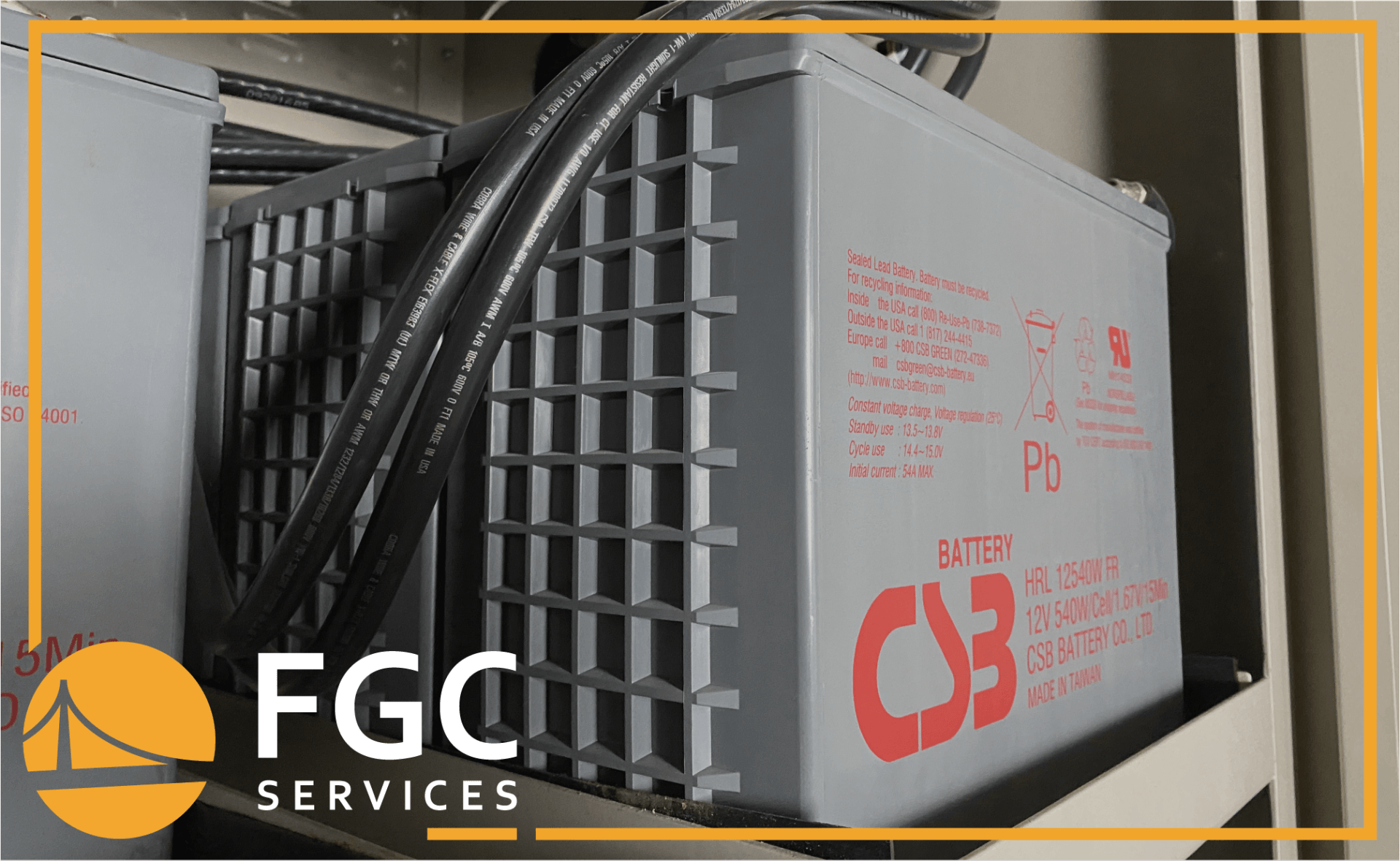Advances in UPS Technology
Share this article:
Advancements to three-phase uninterruptible power supply bring greater efficiency and modularity, along with a reduced footprint, improved connectivity and a lower total cost of ownership.
Connect with Us:
More Industry-Leading Insights

Uninterruptible power supply (UPS) units play a crucial role in providing backup power for your connected devices during power fluctuations, surges, or failures. This ensures the continuous operation of vital equipment, data protection, and a seamless transition to generators if necessary. To determine the ideal size and type of UPS for your requirements, it's essential to calculate both the load and runtime specific to your equipment. In this guide, we'll walk you through the process. Key Takeaways Identify Your Equipment: Begin by listing the equipment that needs UPS protection, excluding non-essential devices to avoid energy wastage. Calculate Total Energy Usage: Determine the total energy consumption of your connected equipment during peak operational hours. Factor in a Safety Margin: Allow for additional load capacity to prevent running the UPS at 100% capacity, which can lead to inefficiencies and potential failures. Regularly Update: Periodically review your energy consumption and adjust your UPS system to accommodate future expansions or equipment upgrades that may alter your total load. What Size UPS Do I Need?




